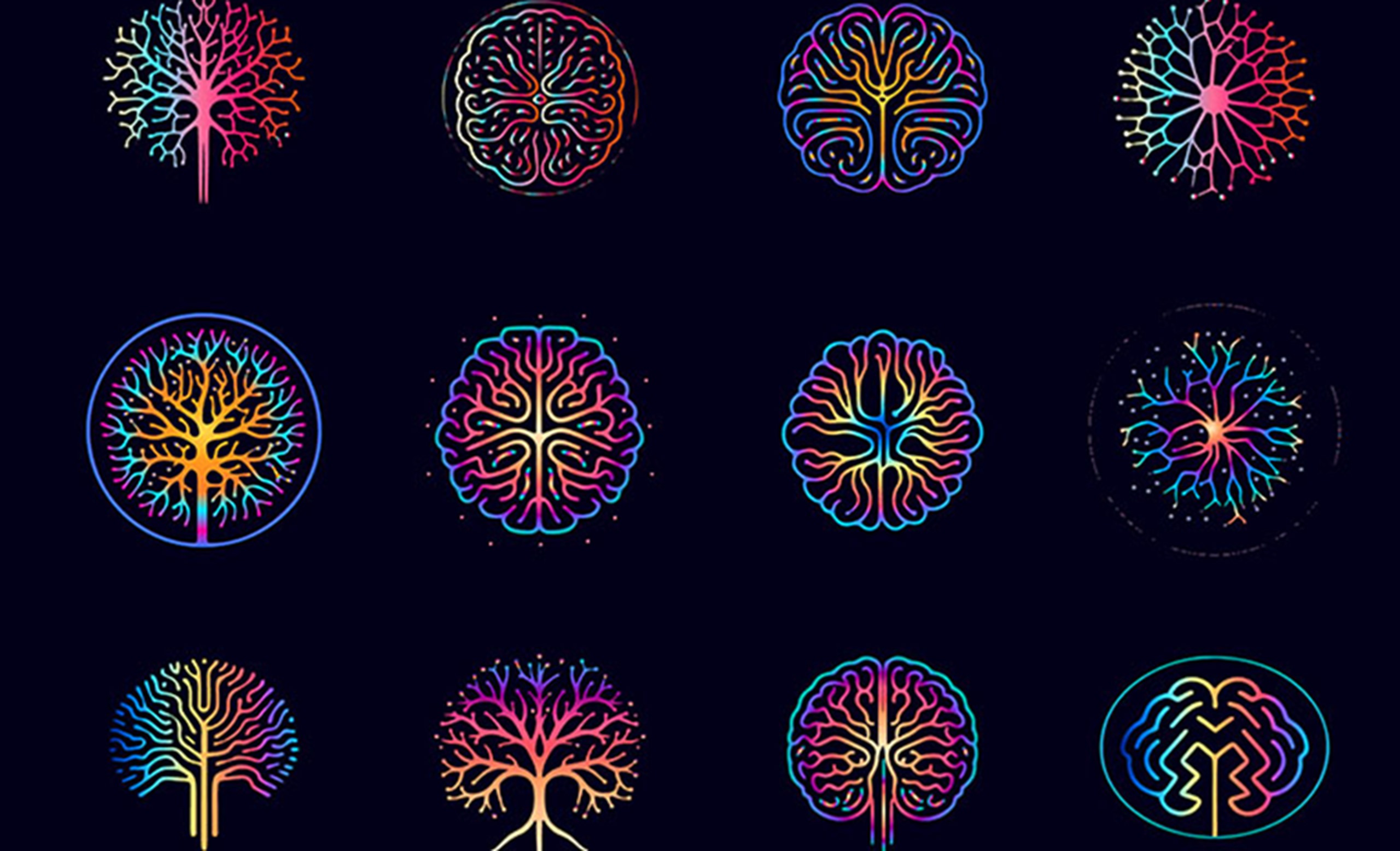Everything you need to know sits within your numbers!
When it comes to your bespoke adaptability quotient, know, and remember this: 365 Pin Code Research and Development will help you understand how to practically improve and better manage your AQ in a post Covid-19 world.
“It is not the strongest of the species that survives, nor the most intelligent. It is the one that is most adaptable to change.” Charles Darwin
Step aside IQ and EQ, there is a new quotient in town…
For years, it has been believed that one’s intelligence quotient (IQ) is the sole predictor of one’s success in life, but it turns out this couldn’t be further from the truth. It has been shown that beyond the first two years of the job IQ isn’t a predictor of success. Ken Richardson and Sarah H. Norgate also warn about the consequences of assuming IQ can accurately predict employee performance. After years of similar findings, IQ was all but thrown out the window and quickly replaced by the new and improved quotient, emotional intelligence (EQ). EQ is defined as a person’s ability to understand people and work cooperatively with others. Finally, there was a way to equate for the ‘people side’ of business and EQ became particularly useful in guiding leadership and employee development in the workplace. While EQ boomed in the 90s and 2000s it still missed the mark in understanding what made some employees more successful in their jobs than others.
Enter adaptability quotient (AQ), the way of the future…
While IQ and EQ are still important factors of employee growth, they don’t act as an accurate indicator of overall performance—especially in today’s exponential economy. As technology continues to redefine the way we work faster than we could ever imagine, the skills we need to succeed in today’s job market continue to evolve at an equally accelerated rate. In this fast-paced world it’s no longer enough to assume that the professional skills that you learn at the beginning of your career will last you well throughout your entire career. Instead, professional skills will become obsolete faster than ever before, and employees must continuously develop their work competencies. As a result, our Adaptability Quotient [AQ] will soon become a primary predictor of career success! The common theme found among both definitions is that AQ generally refers to one’s ability to respond to change. The ability to change your thoughts and behaviours in a productive way in your response to change is the defining factor of AQ.
“The most successful people are those who accept and adapt to constant change. This adaptability requires a degree of flexibility and humility most people can’t manage.” Paul Lutus
How can a person’s unique Adaptability Quotient be plotted?

365 Pin Code Research and Development case study analytics has revealed that a person’s natural balance number is calculated from the initials of their full birth name (FBN). For example:
- The FBN Alexander Graham Cook, AGC, has the master number sequence 11//2 (superpower = intuition) as his primary balance number [A=1, G=7, C=3; 1+7+3 = 11 = 1+1 = 2; 11//2].
- The FBN Shirley Elizabeth Rowlands, SER, has the number sequence 15//6 (superpower = responsibility) as her primary balance number [S=1, E=5, R=9; 1+5+9 = 15 = 1+5 = 6; 15//6].
- The FBN Michael Moore, MM, has the number sequence 8//8 (superpower = managing complexity) as his primary balance number [M=4, M=4; 4+4 = 8; 8//8].
- The FBN Olivia Amanda Cronk, OAC, has the number sequence 10//1 (superpower = original creation) as her primary balance number [O=6, A=1, C=3; 6+1+3 = 10 = 1+0 = 1; 10//1].
- The FBN Richard Henry English, RHE, has the master number sequence 22/4 (superpower = the master builder) as his primary balance number [R=9, H=8, E=5; 9+8+5 = 22 = 2+2 = 4; 22//4].
Once a person’s primary balance number is known it can be included into the newly developed 6D (six dimensional) lifepath predictive mathematical model that 365 Pin Code has completed. The 4D version, built on the back of many years of intensive research, has helped further our understanding of human futurology (i.e., futurists specialising in researching how to better understand a person’s future at individual level). Here are some case studies to prove its astonishing accuracy:
- Why Steve Jobs’ pancreatic presented in exactly 2004: Research Case Study
- Why the No13 is so incredibly important for Taylor Swift: Research Case Study
- Why Ruth Bader Ginsburg was elected to the SCOTUS in 1993: Research Case Study
- Why Steve Wozniak left Apple in 1985: Research Case Study
- Why Tom Brady won Super Bowl again in 2021: Research Case Study
Back to the upgraded 6D model… The result of this improved modelling exercise is a table of bespoke data [Annual Adaptability Quotient Sequences] revealing year on year codes that the given individual should be focusing on to optimise their ability to adapt to the overarching personal and professional themes of the year. Here is an example of such an adaptability quotient matrix.
6D Predictive Life Path model data for Chris Styles born 1st February 1969

Light blue data – personal experiential codes (data strings) by year. Light green data – professional experiential codes (data strings) by year. Yellow data – balance experiential codes (data strings) by year. When researching how to help a person to better manage or more successfully balance (as in adaptability quotient) any given year, the yellow data set provides critically important information. The 6D is personal physical (light blue), personal emotional (light blue), professional physical (light green), professional emotional (light green), personal physical balance (yellow) and personal emotional balance (yellow).
“One of the major issues plaguing human potential in the corporate world today is work-life balance. The term itself diminishes our ability to make the case that work can be a richly rewarding part of a person’s life and should in many ways be personal.” Matthew Kelly, Off Balance

Balance [Adaptability Quotient] numbers year on year

What the above yellow data set reveals, is that the study subject (in this case, Chris Styles) will come under much pressure, balance and adaptability wise, during the years 2017 (double 1s), 2021 (double 5s), 2022 (double 6s), 2025 (911s) and 2026 (11s and 1s). The double 1 of 2017 saw his having to find a new balance around self-leadership, original creation, and independence. The double 5 of 2021 will see his having to find a new balance around personal freedom, coping with change etc. The double 6s of 2022 will see his having to find a new balance around relationships, matters of the heart and family responsibility. The double 11s/1s of 2026 will see his having to find a new balance around intuition, vision, and the masculine (1) and feminine energies (11//2). Information like this, known ahead of time (something strategic futurists should be doing to add another strategic thinking and planning dimensions into clients’ lives), allows the individual to proactively work with a skilled coach (Futurist Coaching) to develop and implement plans that prepare him/her ahead of time for these escalated / elevated experiences.
CONTACT US
If you are ready to OPTIMISE your future.
KEEP UP TO DATE WITH OUR LATEST NEWS, PODCASTS & BLOGS
Subscribe Today
By signing up for our newsletter you are welcoming the latest news and podcasts directly into your inbox.








Comments are closed.